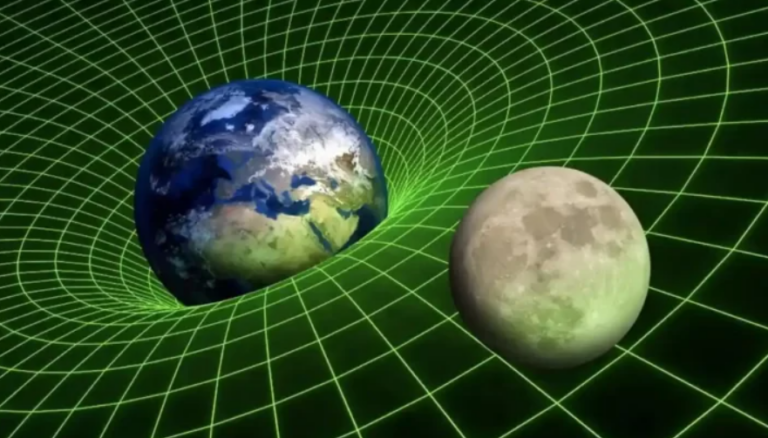Breaking news: The unification of Einstein’s gravity and quantum mechanics has been achieved through a new theory.
A new revolutionary theory that provides a coherent framework for reconciling gravity with quantum mechanics while being compatible with Einstein’s idea of spacetime is presented today in two papers by physicists of University College London.
Modern physics is founded upon two pillars: quantum mechanics on one side that deals with physics at the subatomic level and the theory of general relativity on the other hand that deals with the largest structure in the universe. However, these two theories are conflicting and a synthesis has not been achieved for more than a century.
The previous paradigm has been that the theory of gravity by Einstein must be changed to conform to the quantum theory by making it quantised. This is the approach of two of the main contenders for a theory of quantum gravity, string theory and loop quantum gravity.
However, a new theory proposed by Professor Jonathan Oppenheim, from UCL Physics & Astronomy, and presented in the paper in Physical Review X (PRX) tries to revolutionize it and offers a fresh perspective saying that spacetime might not be quantum at all.
Rather than altering spacetime itself, the theory, referred to as a ‘postquantum theory of classical gravity,’ alters quantum theory and finds a fundamental limit to predictability in spacetime. This leads to the stochastic and ultra-violent oscillations of spacetime which are bigger than those expected within the context of quantum mechanics that makes the observed mass of objects unpredictable if measured with enough accuracy.
A second paper, published simultaneously in Nature Communications and led by Professor Oppenheim’s former PhD students, looks at some of the consequences of the theory, and proposes an experiment to test it: to take a mass and use a very accurate balance to determine if it seems to gain or lose weight over time.
For instance, the International Bureau of Weights and Measures in France weighing a 1kg mass which was a standard 1kg mass some time ago. If changes in measurements of this 1kg mass are less than those mathematically necessary, then the theory can be rejected.
The outcome of the experiment, or other evidence emerging which would confirm the quantum vs classical nature of spacetime, is the subject of a 5000:1 odds bet between Professor Oppenheim and Professor Carlo Rovelli and Dr Geoff Penington – two leading proponents of quantum loop gravity and string theory respectively.
Over the last five years the UCL research group has been probing the theory and its implications.
Professor Oppenheim said: “quantum theory and Einstein’s theory of general relativity are mathematically incompatible with each other, the question of how this inconsistency is resolved is of relevance. ”
Co-author Zach Weller-Davies, who as a PhD student at UCL helped develop the experimental proposal and made key contributions to the theory itself, said: This discovery has shaken the very foundations of the classical theory of gravitation while at the same time pointing to a way to examine the quantum properties of gravity.
“We have argued that if spacetime doesn’t possess a quantum property, there should be inhomogeneous quantum density fluctuations in spacetime curvature which have a specific pattern that can be tested. ”
“The fluctuations, if spacetime is classical, have to be larger than a certain scale and this can be determined from another experiment that tries to find out how long a heavy atom can be placed in a superposition*in two different locations. ”
Co-authors Dr Carlo Sparaciari and Dr Barbara Šoda, who contributed analysis and numerical calculations to the project, therefore hoped that these experiments could provide an answer to whether the quest for a quantum theory of gravitation is a correct path.
Dr Šoda (formerly UCL Physics & Astronomy, now at the Perimeter Institute of Theoretical Physics, Canada) said: “Since gravity shows itself through the warping of space and time, the question can be formulated as a question about whether time operates at the quantum level or the classical level.
“And testing this is almost as easy as testing if the weight of a mass is constant or if it seems to vary in this manner. ”
The theory was motivated by Professor Oppenheim’s attempt to resolve the black hole information problem. According to standard quantum theory, an object going into a black hole should be radiated back out in some way as information cannot be destroyed, but this violates general relativity, which says you can never know about objects that cross the black hole’s event horizon. The new theory allows for information to be destroyed, due to a fundamental breakdown in predictability.
Do not forget to share your opinion with us to provide you with the best posts !




0 Comments